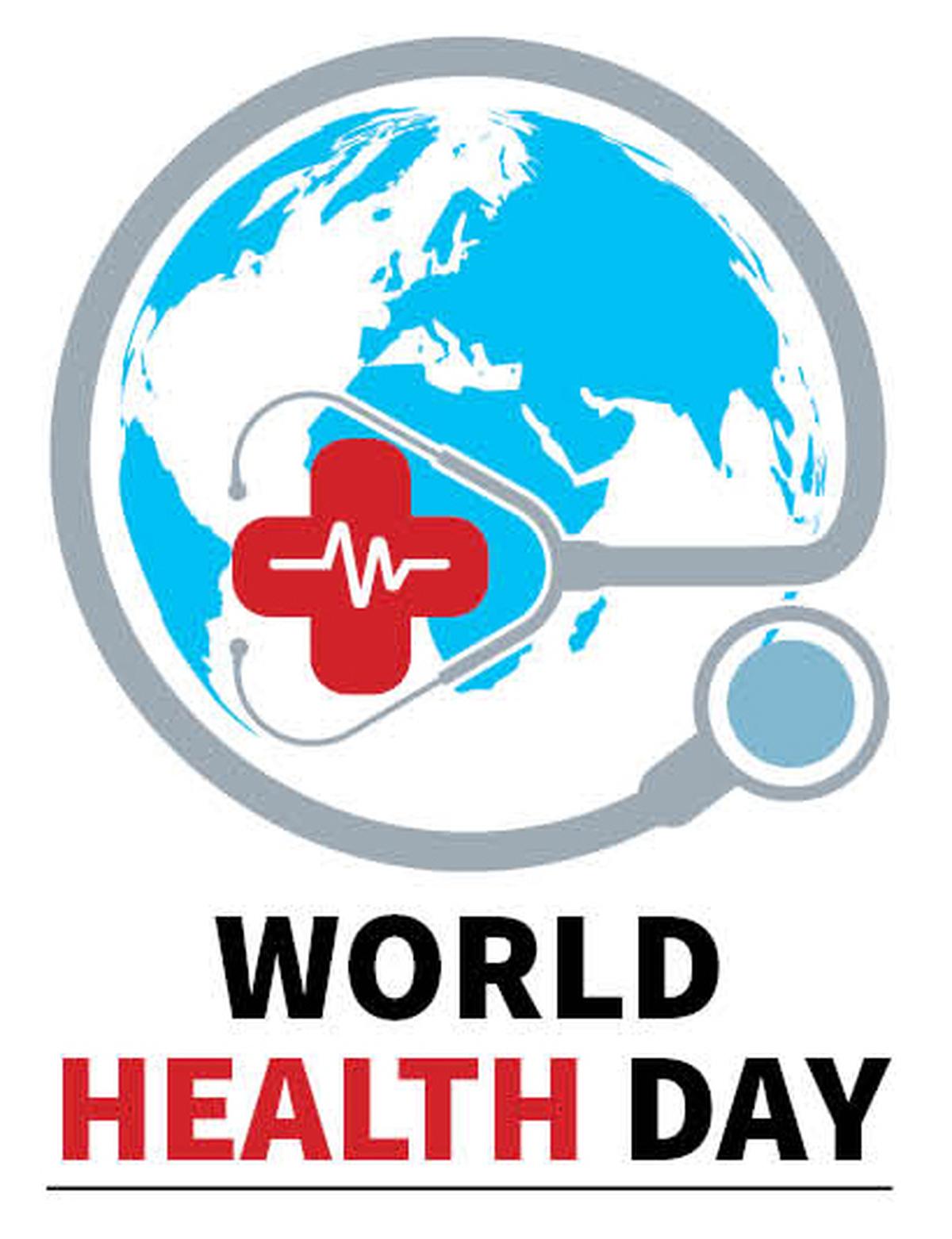

By capitalising on its youthful population, digital infrastructure, and pharmaceutical sector, India has the potential to emerge as a global health leader.
| Photo Credit: M. Vedhan
World Health Day, celebrated on April 7, serves as a global call to action for accessible and fair healthcare. The theme for 2025, ‘Healthy Beginnings, Hopeful Futures’, emphasises the critical role of maternal and newborn health, a particularly pertinent issue for India, which has a population exceeding 1.4 billion. India has made notable progress through programmes such as Ayushman Bharat, especially the Pradhan Mantri-Jan Arogya Yojana, which offers financial protection to more than 500 million beneficiaries. Health and Wellness Centres are designed to improve primary care, yet challenges such as staff shortages, inadequate diagnostic facilities, and irregular medicine supplies continue to exist. Although 70% of the population resides in rural areas, 35-40% of healthcare infrastructure is located there. To address disparities, India needs to invest more in Tier-2 and Tier-3 cities and encourage medical professionals to work in underserved regions. Policy support, enhanced infrastructure, and digital innovations like telemedicine are crucial for decentralising healthcare services.
Addressing disease burden
India faces a dual burden of persistent infectious diseases and rising non-communicable diseases, which now account for over 65% of all deaths. Sedentary lifestyles, poor diets, and tobacco use are driving conditions such as diabetes, heart disease, and cancer. The 2024 International Diabetes Federation reported 101 million Indians with diabetes. Air pollution accounted for 1.6 million deaths in 2019, according to The Lancet, further underscoring the urgency of environmental health measures. According to the National Family Health Survey-5, 35% of children under five are stunted, and 57% of women aged 15-49 are anemic. These indicators reflect broader socioeconomic challenges — poverty, lack of education, poor sanitation, and gender inequality. Government efforts such as Poshan Abhiyaan and the Integrated Child Development Services target malnutrition but require stronger data tracking, community engagement, and multi-sectoral coordination to be truly effective. While there has been progress, public health funding is still low. In the 2025–26 Union Budget, ₹99,858.56 crore was allocated to the Ministry of Health and Family Welfare, accounting for approximately 1.97% of the total Union Budget. Moreover, high out-of-pocket spending continues to push 55 million Indians into poverty each year. A shift towards preventive healthcare — through screenings, school-based health programmes, and public health campaigns — is essential.

Harnessing digital health
India is experiencing significant progress in the realm of digital health. Programmes such as the Ayushman Bharat Digital Mission and eSanjeevani have collectively facilitated over 10 crore teleconsultations. Nonetheless, the advantages of digital healthcare are not evenly spread. A mere 37% of rural households have Internet connectivity, and numerous patients and healthcare workers lack the digital skills necessary to effectively use telehealth services. If this digital divide is not addressed, technology could exacerbate healthcare disparities. Additionally, concerns about cybersecurity and the lack of strong data privacy laws might undermine public confidence. To fully realise the potential of digital health, India needs to invest in rural Internet infrastructure, provide training for front line workers, and implement comprehensive data protection regulations. Emerging technologies such as AI diagnostics, wearables, and remote monitoring hold transformative promise for early detection and disease management. These innovations must be adopted in a responsible and inclusive manner, ensuring that they benefit all communities and not just those in urban areas with tech-savvy populations.

Building resilience
India’s health objectives are in line with Sustainable Development Goal 3, which emphasises good health and well being. Developed nations focus on public health infrastructure, universal insurance, and early childhood interventions — areas where India needs to make rapid progress. By capitalising on its youthful population, digital infrastructure, and pharmaceutical sector, India has the potential to emerge as a global health leader. India’s G20 presidency in 2023 served as a platform to demonstrate leadership in vaccine equity, digital public goods, and health diplomacy. Aligning domestic initiatives with global frameworks such as the International Health Regulations and the Global Health Security Agenda will bolster pandemic preparedness and international collaboration. Mental health and climate resilience are equally pressing issues. The Tele-MANAS helpline and the National Action Plan on Climate Change and Human Health are commendable initiatives.

However, a 2023 NIMHANS study revealed that 14% of Indians suffer from some form of mental disorder, underscoring the need for increased investment and awareness. India must perceive health not merely as a social obligation but as a strategic investment. A cohesive, inclusive, and well-funded health system — rooted in innovation, equity, and resilience — is essential for achieving developed nation status. Through coordinated efforts across government, civil society, and private sectors, India can fulfil its vision of ‘Health for All’.
Published – April 07, 2025 12:42 am IST
